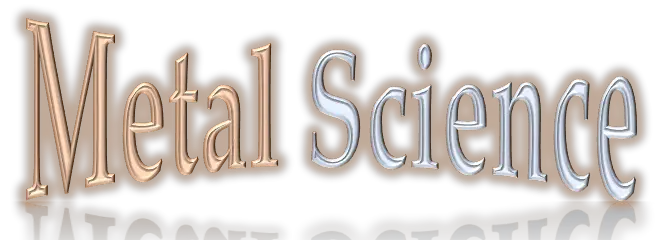Do Stainless Steel Dish Racks Rust?
It is a common misconception that stainless steel dish racks will not rust. While it is true that stainless steel is more resistant to rusting than other metals, it is not immune to it.
There are several factors that can contribute to rusting on a stainless steel dish rack, including exposure to moisture, salt, and acid.
If any of these factors are present, it is possible for rust to form on the surface of the rack.
Generally, stainless steel dish racks are less likely to rust than other types of dish racks. This is because stainless steel is more resistant to corrosion than other metals. However, stainless steel can still rust if it is exposed to water or other chemicals for a long period of time.
What Material Can Make Stainless Steel Rust? Is stainless steel really stainless?
Stainless steels are more resistant to corrosion than many alloys, although they are not impenetrable.
The term “stainless steel” refers to a wide spectrum of iron-based alloys with a chromium concentration of more than 12%. A 12 percent chromium stainless steel will stain less than other steels because it has less impurities.
Many typical stainless steels (such as the versatile 300 series) include 18% or more chromium, as well as a significant amount of nickel (8 percent or more).
The nickel helps with some corrosive substances, like as organic acids in food, and makes the 300 series extremely ductile.
A basic chromium-iron alloy is brittle. Because of this, the 300 series may be thoroughly stamped and drawn into forms such as kitchen sinks and kettles.
The 400 series contains less nickel and is intended to be tougher, more appropriate for cutting and wear-resistant applications such as bearing races or (cutlery, than the smeary, soft 300 series.
Unfortunately, because to its higher carbon concentration and average chromium level, the 400 series tends to stain less than the 300s. Carbon and certain impurities can reduce stainless steel corrosion resistance.
Stainless steel’s corrosion resistance is mostly due to chromium, which creates an impermeable, strong, self-healing oxide that keeps the iron from rusting.
Other components, like as nickel and molybdenum, may be added to aid in the prevention of specific types of corrosion. Nickel also makes stainless steel much simpler to form; otherwise, chromium-iron alloys are hard and brittle.
More powerful oxidizers, such as chlorine, which is present in acids, bleaches, salt, and soap, can damage the oxide layer.
All stainless steels function primarily by producing a chromium oxide layer, thus all the chromium rhetoric. This oxide is not porous and flaky like the red rust of iron.
Instead, the chromium oxide creates an impenetrable barrier that works as a built-in layer of paint for the metal. Because chromium is eager to react with oxygen, it tends to quickly rebuild if scratched off. Nickel and molybdenum are beneficial.
While chromium oxide is a somewhat chemically resistant substance, it is not without shortcomings. You can assault the oxide barrier if you discover a more aggressive oxidizer.
What are some causes of rust in stainless steel?
One of the most prevalent substances that will corrode stainless steel is chlorine, which is plentiful in salt, organic compounds, and pool acids.
Muriatic acid, often known as hydrochloric acid, may be quite harsh on 400-series stainless steels. Also note that leaving mustard (a salty, acidic condiment) on utensils rusts inexpensive flatware. Even 316L stainless steel will be attacked by concentrated hydrochloric acid.
Other factors contribute to corrosion in stainless steel. For example, in fissures where the stainless is deprived of fresh oxygen, the oxide layer can deteriorate fast even when the corrosive substances would not ordinarily concern stainless steel.
Heat is another factor that can weaken stainless steels. High temperatures can both speed chemical processes and aid in solid diffusion, resulting in hot stainless steels (such as those used in exhaust pipes) often corroding.
With increased heat, fresh oxygen may flow quicker through that protective oxide layer to destroy fresh iron.
